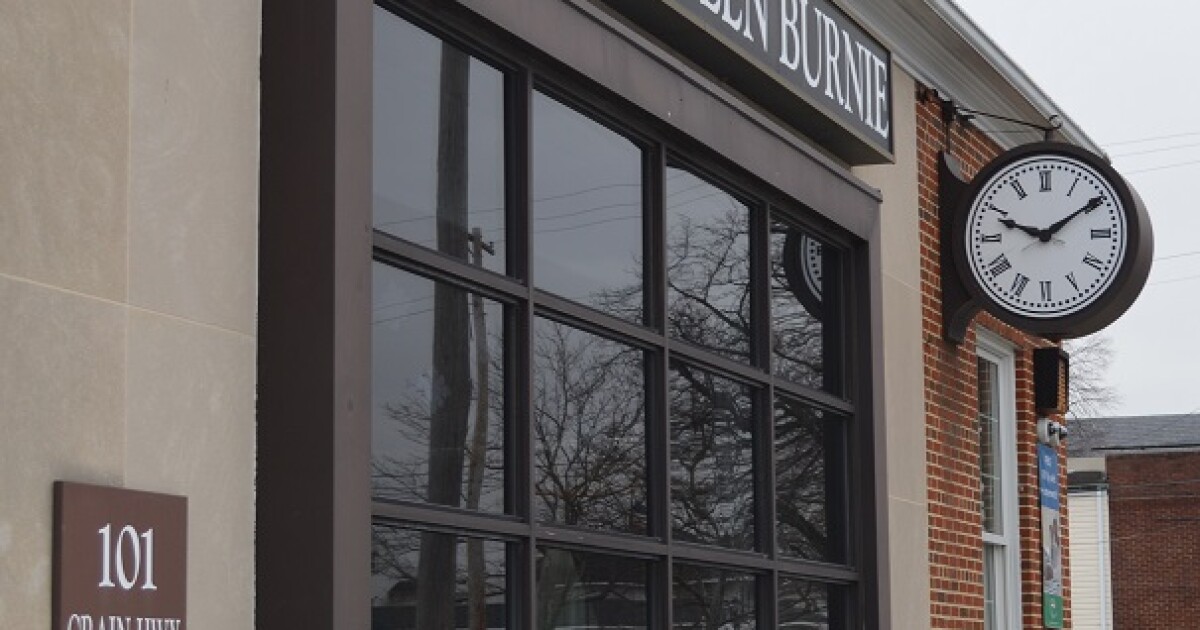
Home price growth went negative on a month-to-month basis in August, due to weakening conditions in the West and South, the latest Corelogic S&P Case-Shiller Home Price Index report stated.
However, the Federal Housing Finance Agency House Price Index, whose next release will be used to determine the 2025 conforming loan limits, increased by 0.3% in August over July.
"Despite much-needed optimism, brought about by a sharp decline in mortgage rates in August, the boost was short-lived and not enough to markedly renew homebuyer interest," a commentary from Corelogic Chief Economist Selma Hepp said. "As a result, home prices continued to weaken relative to their seasonal trend. and year-over- year gains took a step back."
Prices were down in August
In the pre-pandemic years of 2015 to 2019, the average monthly increase in August was 0.28%.
On an annual basis, while prices rose 4.25% over August 2023, values were down from 5% in July, and pale the 6.5% gains in February and March.
"The tale of two regions reflects significant affordability challenges in the West and South, where home price increases in recent years and high mortgage rates priced out many potential buyers," Hepp said. "The Northeast and Midwest continue to benefit from relative affordability and less cumulative increase in prices over the last few years, but also more limited for-sale inventory."
On the FHFA HPI, the 0.3% gain compared with a revised 0.2% between June and July.
The annual price index rose 4.2% for August.
"House price appreciation in the United States remained modest for the sixth consecutive month," said Anju Vajja, deputy director of FHFA's Division of Research and Statistics in a press release. "The slow but continued house price growth and the effect of locked-in interest rates led to persistent housing affordability challenges."
Prices in both the Pacific and South Atlantic regions gained 0.1% between July and August, but they were not the weakest regions. Prices went down by 0.1% in both the New England and East North Central regions.
On the other hand, they increased 0.9% in the West North Central states and by 0.8% in the West South Central and East South Central regions.
First American Data and Analytics' September Real House Price Index reported a decrease of 3.1% from August and a 9.2% drop from one year ago.
This index includes adjustments for such items as inflation. September's year-over-year increase in affordability was attributed to a 3.1% rise in nominal household income and lower mortgage rates, said First American Chief Economist Mark Fleming, in a press release.
"Nominal house price appreciation slowed nationally for the ninth consecutive month in September, but still reached another record high," Fleming said. "Yet, the increase in nominal house prices was not enough to offset the improved affordability from lower mortgage rates and higher household income."



